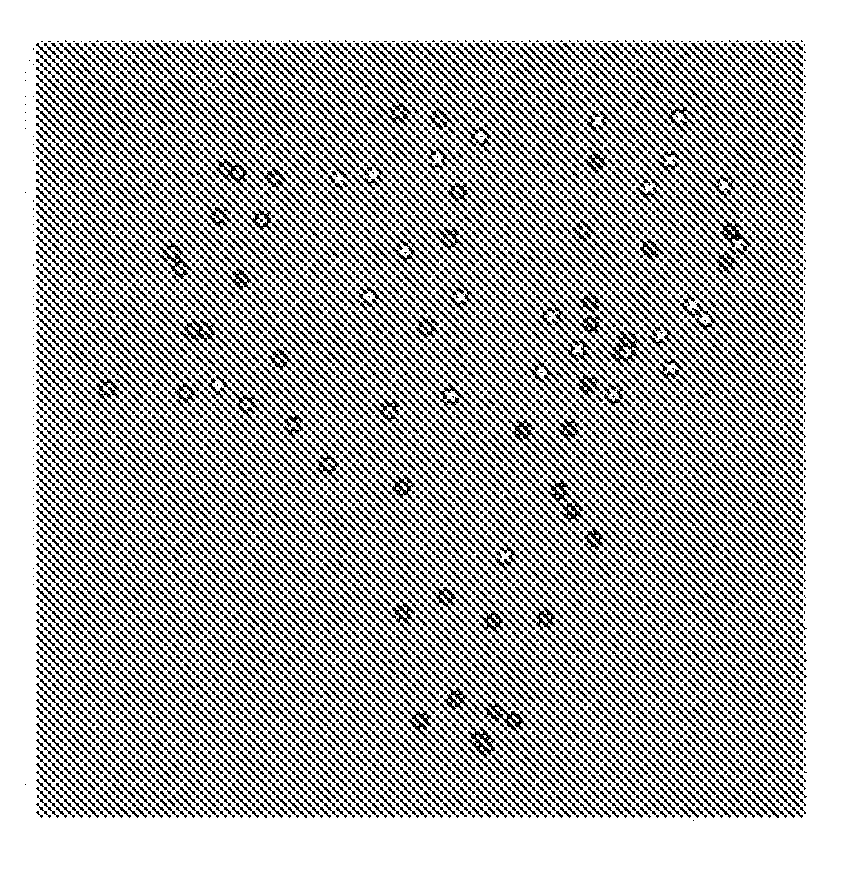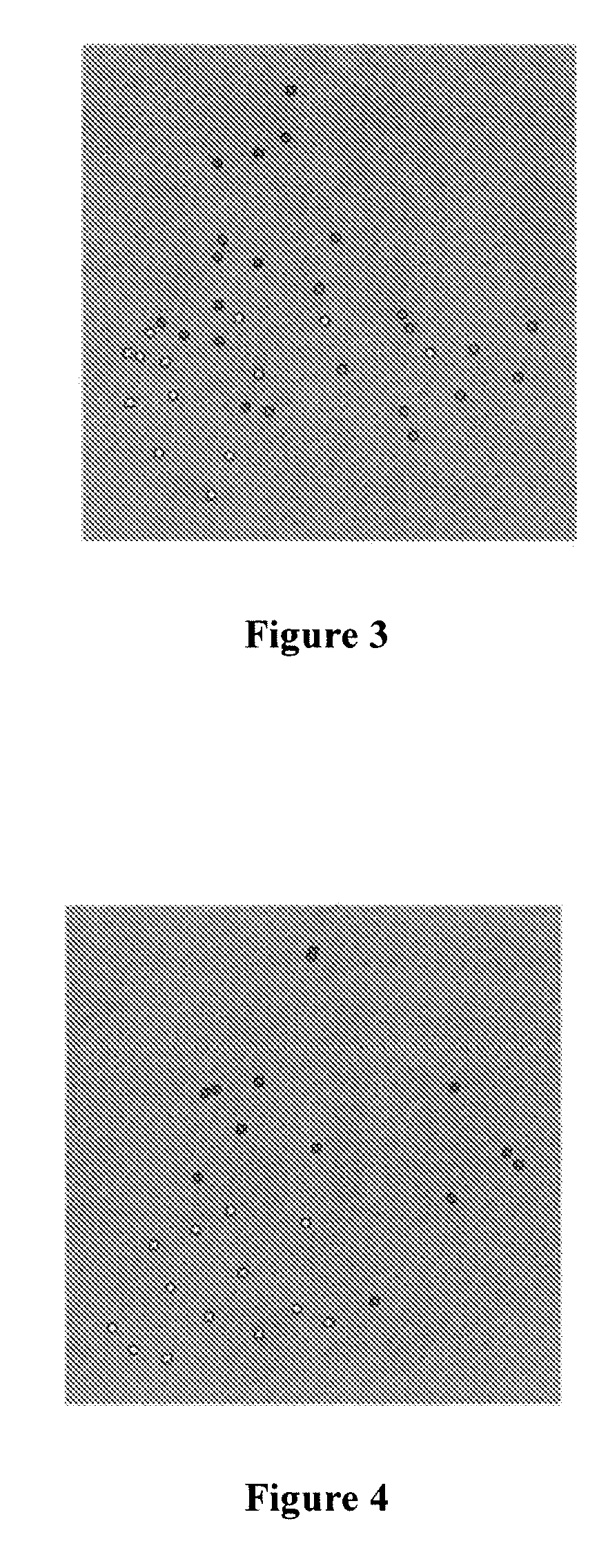Methods and kits for the diagnosis of hypothyroidism
a technology for hypothyroidism and kits, applied in the field of kits for the diagnosis of hypothyroidism, can solve the problems of more severe health problems, goiter, birth defects, mental health problems, etc., and achieve the effects of accurate diagnosis of hypothyroidism, rapid detection, and positive diagnosis of hypothyroidism
- Summary
- Abstract
- Description
- Claims
- Application Information
AI Technical Summary
Benefits of technology
Problems solved by technology
Method used
Image
Examples
example 1
[0041] Patient Population. The patient population was chosen based on having Hypothyroidism confirmed by a clinician trained and experienced in diagnosing same, based upon the presence of physical attributes and symptoms of Hypothyroidism. The sample of blood, which was tested, was obtained (e.g., upon visit to a doctor). The normal or control patient population was chosen from a wellness clinic. These control patients had no indication of suffering from Hypothyroidism. Another group of patients was chosen based upon having a positive TSH / T-4 Hypothyroid test but having a negative clinical diagnosis for Hypothyroidism. Consent and blood specimens from all participants were obtained under IRB Protocol.
[0042] Spotting and processing of blood specimens. Dried blood spot specimens were clinical specimens collected by applying a few drops of blood, freshly drawn by finger stick with a lancet from adults, or by heel stick with a lancet from infants, onto specially manufactured absorbent ...
example 2
[0072] Development of LabMAP Assays for Circulating Antibodies. Assays were performed in filter-bottom 96-well microplates. Purified antigens of interest were coupled to Luminex beads as described for antibodies. Antigen-coupled beads were pre-incubated with blocking buffer containing 4% BSA for 1 h at room temperature on microtiter shaker. Beads were then washed three times with washing buffer (PBS, 1% BSA, 0.05% Tween 20) using a vacuum manifold followed by incubation with 50 μL blood serum diluted 1:250 for 30 min at 4° C. This dilution was selected as an optimal for recovery of anti-IL-18 IgG based on previous serum titration. Next, washing procedure was repeated as above and beads were incubated with 50 μL / well of 4 μg / mL PE-conjugated antibody raised against human IgG, for 45 min in the dark with constant shaking. Wells were washed twice, assay buffer was added to each well and samples were analyzed using the Bio-Plex suspension array system. For standard curve, antigen-couple...
PUM
 Login to View More
Login to View More Abstract
Description
Claims
Application Information
 Login to View More
Login to View More - R&D
- Intellectual Property
- Life Sciences
- Materials
- Tech Scout
- Unparalleled Data Quality
- Higher Quality Content
- 60% Fewer Hallucinations
Browse by: Latest US Patents, China's latest patents, Technical Efficacy Thesaurus, Application Domain, Technology Topic, Popular Technical Reports.
© 2025 PatSnap. All rights reserved.Legal|Privacy policy|Modern Slavery Act Transparency Statement|Sitemap|About US| Contact US: help@patsnap.com



